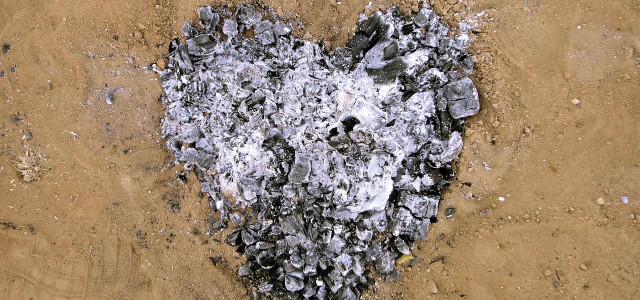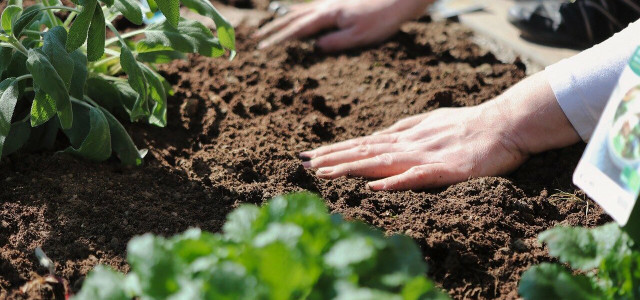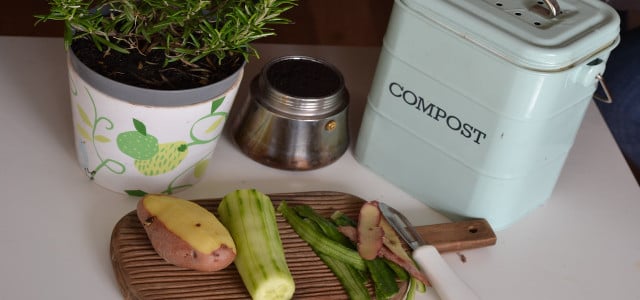Is ash good for plants? We’ll discuss the benefits and drawbacks so you can decide if that fireplace waste is better suited in the garden or the trash bin.
You may have seen or heard of gardeners using it, by why is ash good for plants? Continuous rain and gardening cycles often leach the soil of nutrients and raises acidity; adding a wood ash fertilizer can reverse this. Wood ash is composed of several minerals that are beneficial for plants such as calcium, magnesium, phosphorus, and potassium. Additionally, ash acts as a liming agent to increase the pH of soils, which is ideal if your garden is too acidic. Since wood ash also contains a greater variety of nutrients at lower doses than either eggshell fertilizer (primarily composed of calcium) or epsom salt for gardening (magnesium), it makes it a great all-round soil amendment with a lower risk of damaging plants.
When Isn’t Ash Good for Plants?
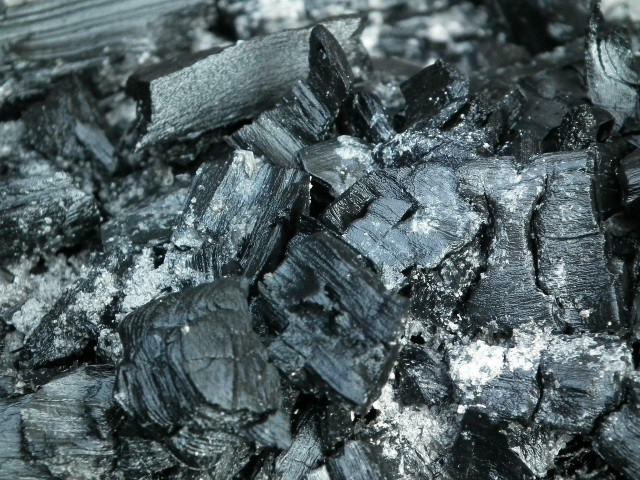


Although wood ash fertilizer ash likely won’t cause harm, there are a few factors to consider before adding it to your garden:
- Since ash raises soil pH, avoid adding to plants that prefer acid, such as blueberries, rhododendrons, azaleas, potatoes, or raspberries.
- Excessive ash will raise soil pH enough to damage plants; test your soil pH if you add ash every year. To test soil pH, simply boil some red cabbage and add the soil to the cabbage water: it will become pink when acidic, but bluish when alkaline.
- Never use ash from inorganic materials or treated wood, as these can contain heavy metals and chemicals which harm plants or can even be absorbed into fruits or vegetables.
- Spreading waste ash over your garden is a good way to put it to use, but avoid burning wood simply to produce garden ash: there are both better uses for wood (for fireplaces, furnaces, or firepits) and better fertilizers (compost).
How To Use Ash For Plants
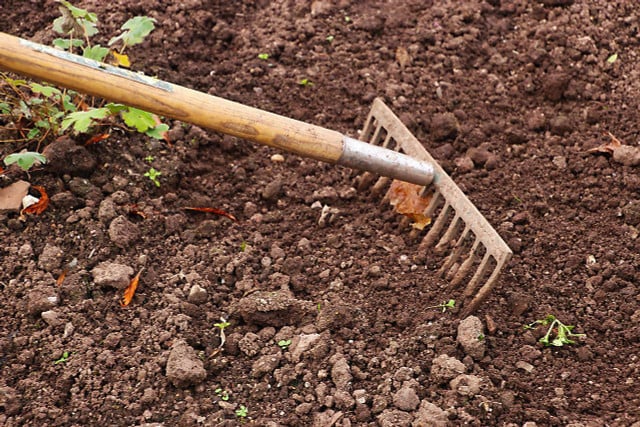


If you decide that ash is good for your plants, then application is straightforward. First, remember to break up or discard all large or un-burnt chunks, as these won’t break down fast enough to benefit your soil. Around two pounds of ash per 100 square feet (a 10×10 foot garden space) is sufficient. Ash is best applied to moist soil on a non-windy day (so it doesn’t blow around), preferably in early spring. Rake the ash into the soil a few weeks before planting, and your garden is ready. When plants are already in the ground, simply apply ash thinly so as to not scorch.
Here are some other benefits of wood ash in case your garden is already too alkaline:
- Ash is a great way to get rid of slugs and snails, so sprinkle it wherever you may have a pest problem.
- Ash can be added to compost to break down fully before adding to a garden.
- Use it on your driveway to help melt ice and provide traction for your tires.
- The alkalinity and coarseness of ash make it great as either a soap or abrasive cleaner for pots and pans.
Read more:
- Composting Grass Clippings: Put Garden Waste to Use
- 7 Sustainable Home and Garden Uses for Coffee Grounds
- Peat Moss for Lawns & Gardening: Pros and Cons
Do you like this post?






